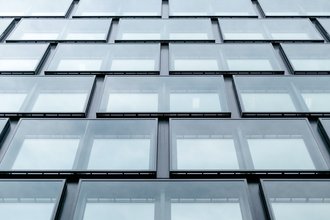
Energy efficient industry
Using energy sensibly in industry and commerce
Industry and commerce accounts for more than a third of energy consumption in Austria – 28 % in the manufacturing sector and almost 10 % in the service sector. Efficiency in these areas is key to making the energy system climate-neutral - and making companies cost-efficient. Compared to 1996, the energy intensity of Austrian industry (based on the production index) has already fallen by 27 %.
Potential for improvements is still high
Further potential for energy efficiency can be realized through digitalisation, new production methods and the increased interlinking of different areas of the energy system (sector coupling or sector integration, e.g. also via industrial waste heat) as well as through the targeted influence on the behavior of users. Due to the higher energy consumption, the savings opportunities in the manufacturing sector are particularly high - but there is also potential in the commercial and service sectors (e.g. bakeries, gastronomy, craft businesses and office buildings). The more intelligent use of energy remains an essential factor for cost reductions and a key lever in order to be able to achieve climate targets.
We provide answers for an energy-efficient industry
We approach the topic from different sides: Together with partners, we develop technical solutions that enable more efficient use of energy in industry and commerce. With the help of networking, awareness-raising and training, we trigger changes in user behavior and thus turn employees into supporters of cost and emission reductions. We support companies in the systematic recording of energy consumption and find potential for the more intelligent use of valuable energy. Based on our experience and facts, we also advise political designers on the evaluation and development of energy policy frameworks that are necessary to get measures for an energy-efficient industry off the ground.
Contact Person




![[Translate to English:]](/fileadmin/_processed_/1/d/csm_waermepumpe_industrie-unsplash_4056a7d824.jpg)
![[Translate to English:] EU-More Logo](/fileadmin/_processed_/e/5/csm_eu-more_logo_294d27168a.png)
